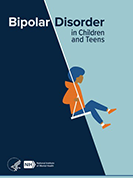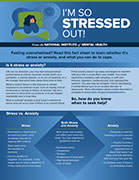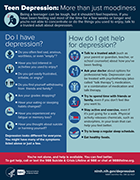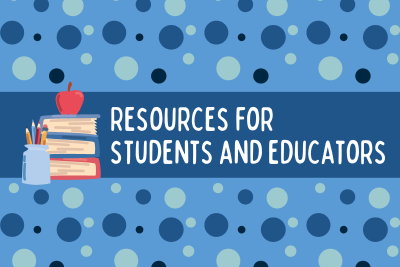Child and Adolescent Mental Health
Why is children’s mental health important?
Mental health is an important part of overall health for children as well as adults. For many adults who have mental disorders, symptoms were present—but often not recognized or addressed—in childhood and adolescence. For a young person with symptoms of a mental disorder, the earlier treatment is started, the more effective it can be. Early treatment can help prevent more severe, lasting problems as a child grows up.
Latest news
- Improving Firearm Safety in Pediatric Primary Care
-
• Research Highlight
An automatic reminder supported by low-burden facilitation increased delivery of a universal secure firearm storage program during pediatric primary care.
- Increases Found in Preteen Suicide Rate
-
• Media Advisory
Researchers at the National Institutes of Health (NIH) found that rates of preteen suicide (ages 8-12) have been increasing by approximately 8% annually since 2008.
- Youth With Conduct Disorder Show Widespread Differences in Brain Structure
-
• Press Release
The largest neuroimaging study of conduct disorder to date, with funding from NIH, has revealed extensive changes in brain structure among young people with the disorder. The largest difference was a smaller area of the brain’s outer layer, known as the cerebral cortex, which is critical for many aspects of behavior, cognition and emotion.


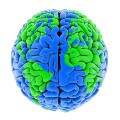
Featured videos
Childhood Irritability
Learn about symptoms of irritability, why it's important to study irritability, NIMH-supported research in this area, and new treatments for severe irritability in youth.
Mental Health Minute: Stress and Anxiety in Adolescents
Got 60 seconds? Take a mental health minute to learn about stress and anxiety in adolescents.
Mental Health Minute: Attention-Deficit/Hyperactivity Disorder
Got 60 seconds? Take a mental health minute to learn about attention-deficit/hyperactivity disorder or ADHD.
Unless otherwise specified, the information on our website and in our publications is in the public domain and may be reused or copied without permission. However, you may not reuse or copy images. Please cite the National Institute of Mental Health as the source. Read our copyright policy to learn more about our guidelines for reusing NIMH content.



